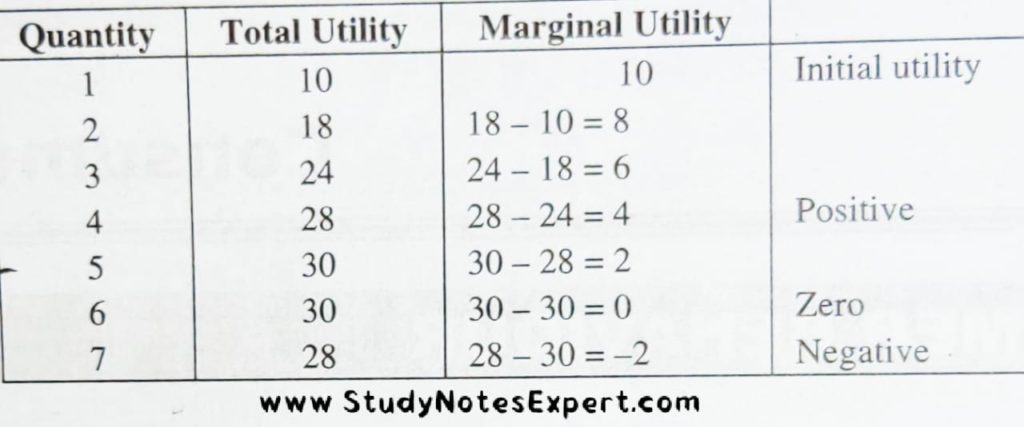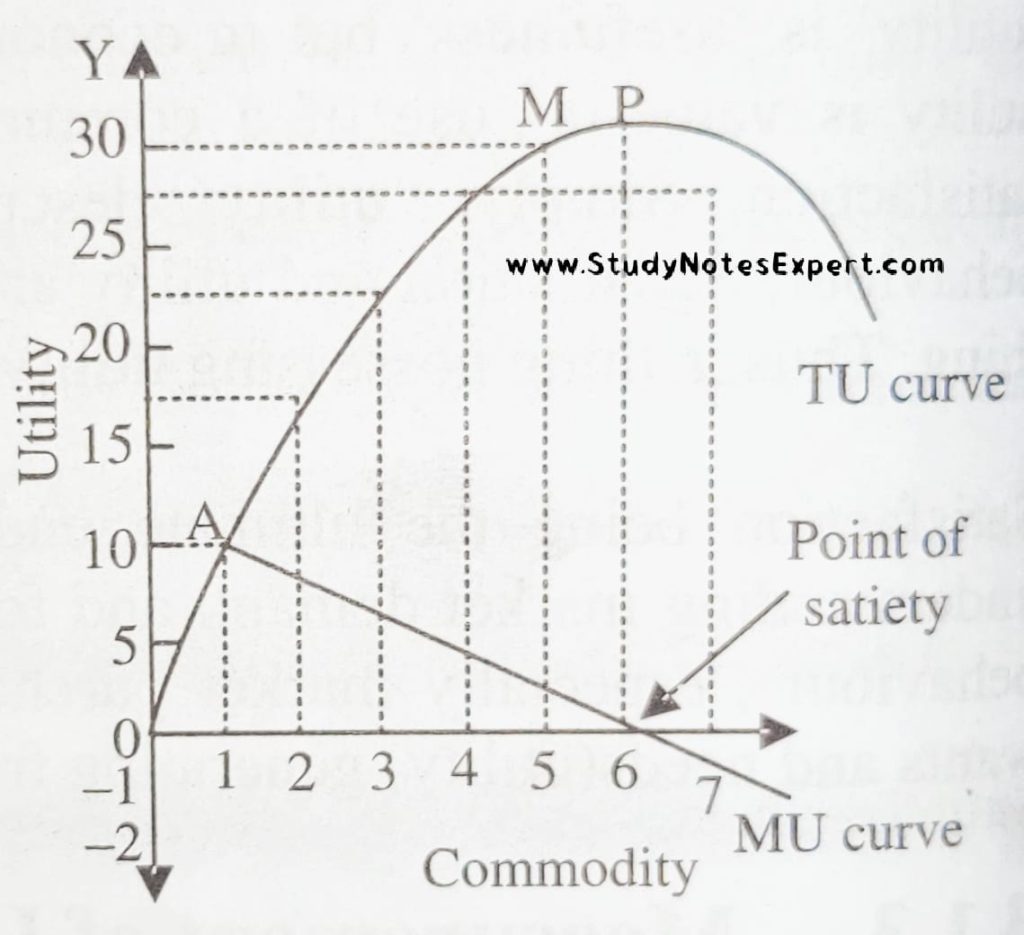Utility
The power to satisfy one’s want or desire is the utility of the commodity. You can take measurement of utility. The literal meaning of the term ‘utility’ is ‘usefulness’ but in economics, it implies the capacity to satisfy the want of a good. Simply to say, utility is value-in- use of a commodity. Utility is the derivative of consumption which implies subjective satisfaction. Simply, ‘utility’ describes consumer preferences according to modern theory of consumer behaviour. Satisfaction and utility are different to each other as satisfaction is derived whereas utility is in the thing. Thus, a thing possessing utility leads to or provides satisfaction. In next section, you will know about measurement of utility.
Measurement of Utility
1. Initial Utility
After consuming first unit of a commodity the utility derived is the initial utility. Satisfaction of the thirst by taking first glass of water is the utility gained which is described as initial utility that is always positive. Initial utility is the part of measurement of utility.
2. Total Utility (TU)
After consuming various units of the commodity, the sum total of satisfaction that is received by a consumer is the total utility. The total utility or satisfaction of a consumer to a certain point will be greater on consumption of more units of a commodity. The point of saturation that represents maximum total utility is achieved by the consumer as he keeps on increasing the consumption of the commodity. The total utility of the consumer starts declining as he further consumes the units of commodity.
3. Marginal Utility (MU)
When a single unit is added to total utility in the rate of consumption or the stock of goods possessed is defined as marginal utility which is the net additional unit. Thus, for a given unit of time, marginal utility is the increment or decrement in total utility that is proportionately caused by increment or decrement of one unit in the consumption of a commodity.
Relation Between Total Utility and Marginal Utility
Here, we discuss the relationship with other utilities in managerial economics.

It is clear from table that total utility increases as every successive unit is consumed by the consumer. Here, we can take measurement of utility. At the first unit total utility is equal to 10 which is initial utility and further, it increases to 18, 24, 28, 30 and so on. Here, one must remember that this increase is at a diminishing rate, but still it is positive utility. At 6′ unit, total utility is constant, i.e ., 30 units and later on it start declining at an increasing rate. At 7 unit, total utility is recorded as 28 units. Therefore, one can say that total utility goes on increasing as long as the marginal utility of a commodity remains positive.
On the other side, at the first unit of consumption marginal utility is equal to 10 and on successive units, it continues to fall till 5″ unit of commodity is consumed. At 6 unit, marginal utility becomes zero, this is the point of full satisfaction or point of saturation. Here, consumer gets maximum satisfaction. At 7 unit, marginal utility is -2, i.e ., negative. This means, the point of over satisfaction.
Diagrammatic Representation of Total Utility and Marginal Utility
It shows the relationship with other utilities. Here, it shows relation between total utility and marginal utility.

In the graph units of commodity are measured on X-axis while marginal utility and price are measured on Y-axis.
According to the Graph initial utility is depicted by point ‘A’ i.e ., utility derived from the first unit. From point ‘A’ to ‘M’, total utility increases up to 5″” unit. Equivalent to this, there is a fall in marginal unit (MU) at 6″ unit and becomes zero at point P. Further to this, MU turns negative (-2). Thus, at point M total utility is maximum and marginal utility is zero. There is a decline in total utility after point M and marginal utility becomes negative below X-axis. Thus, the conclusion is that both total utility (TU) and marginal utility begins from the same point but, as total utility declines, marginal utility turns negative.

